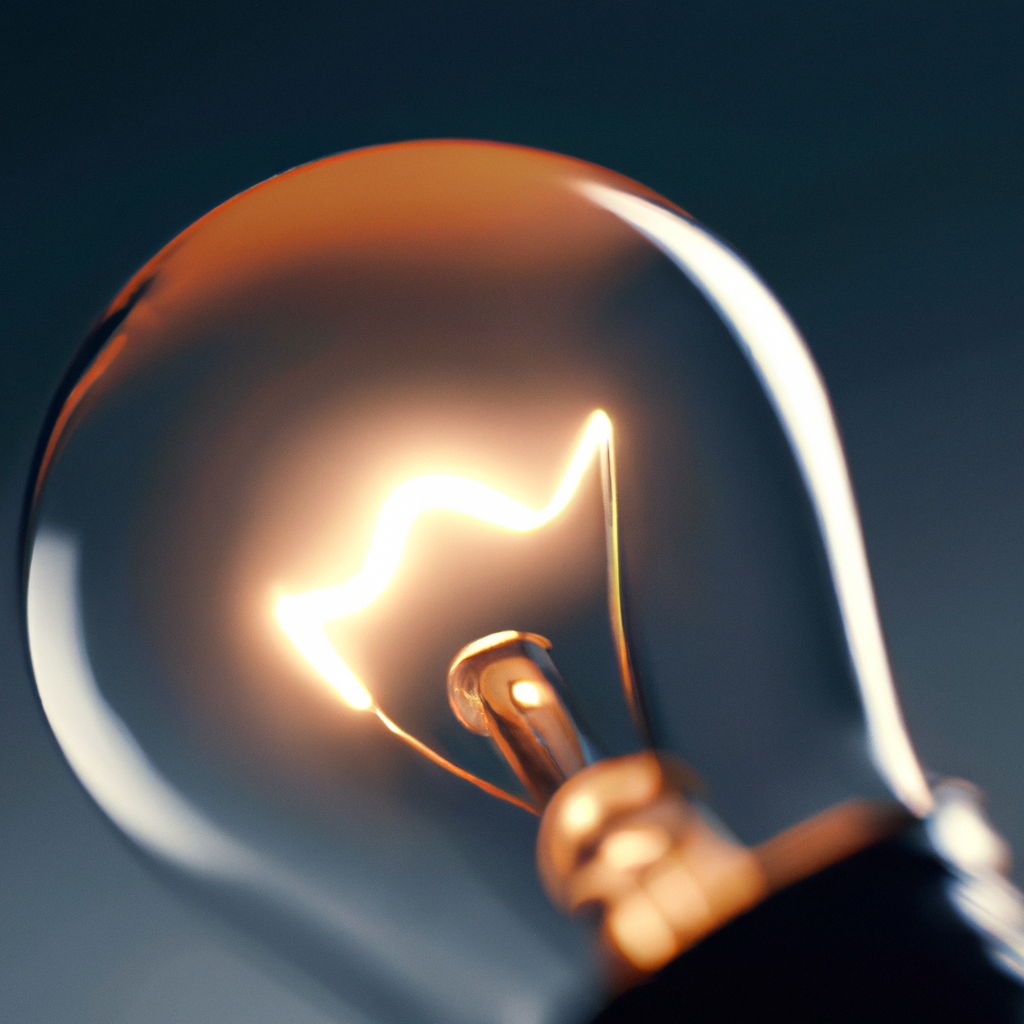A light bulb is a device that produces illumination by converting electrical energy into light energy. It revolutionized the way we live and work and has become an indispensable household item. The history of the light bulb dates back to the early 19th century, but it was Thomas Edison who invented the first practical incandescent light bulb in 1879. In this article, we will explain how a light bulb works and discuss the different types of light bulbs available today.
How Does a Light Bulb Work?
A light bulb is a simple device that consists of a filament, a glass enclosure, and a base. When electricity flows through the filament, it heats up and produces light. The glass enclosure protects the filament from oxygen, which can cause it to burn out quickly, and the base provides an electrical connection to the power source. The basic principle of a light bulb is straightforward, but the details can get quite complex.
The Filament
The filament of a light bulb is the part that produces light. It is typically made of tungsten, a metal that can withstand high temperatures without melting. When electricity flows through the filament, it heats up to around 2,500 degrees Celsius, causing it to emit light. The filament is enclosed in a vacuum or an inert gas, such as argon, to prevent it from burning out too quickly.
The Glass Enclosure
The glass enclosure of a light bulb serves several purposes. Firstly, it protects the filament from oxygen, which can cause it to burn out quickly. Secondly, it allows light to pass through while preventing harmful UV radiation from escaping. Thirdly, it provides a place for the base to be attached, which provides an electrical connection to the power source.
The Base
The base of a light bulb provides an electrical connection to the power source. It typically consists of two metal contacts that are connected to wires. The base is designed to fit into a socket, which provides a secure connection to the power source. The most common type of base is the Edison screw, which was invented by Thomas Edison. It consists of a threaded metal base that screws into a socket.
Types of Light Bulbs
There are several different types of light bulbs available today, each with its own set of advantages and disadvantages. The most common types of light bulbs are incandescent, fluorescent, halogen, and LED.
Incandescent
Incandescent light bulbs are the traditional type of light bulb that has been used for over a century. They are relatively cheap and produce a warm, yellow light. However, they are not very energy efficient and have a short lifespan.
Fluorescent
Fluorescent light bulbs are more energy efficient than incandescent bulbs and have a longer lifespan. They produce a bright, white light and are commonly used in commercial buildings. However, they contain small amounts of mercury, which makes them difficult to dispose of.
Halogen
Halogen light bulbs are a type of incandescent bulb that uses a halogen gas to increase efficiency and lifespan. They produce a bright, white light and are commonly used in outdoor lighting and task lighting. However, they are more expensive than traditional incandescent bulbs.
LED
LED light bulbs are the most energy-efficient type of light bulb available today. They use up to 80% less energy than incandescent bulbs and have a much longer lifespan. They produce a bright, white light and are commonly used in residential and commercial lighting. However, they are more expensive than other types of light bulbs.
Conclusion
In conclusion, a light bulb is a simple device that converts electrical energy into light energy. The filament, glass enclosure, and base work together to produce illumination. There are several different types of light bulbs available today, each with its own set of advantages and disadvantages. Incandescent bulbs are cheap but not very energy efficient, fluorescent bulbs are more efficient but contain mercury, halogen bulbs are efficient but expensive, and LED bulbs are the most efficient but also the most expensive. Understanding the different types of light bulbs can help you choose the right one for your needs.







